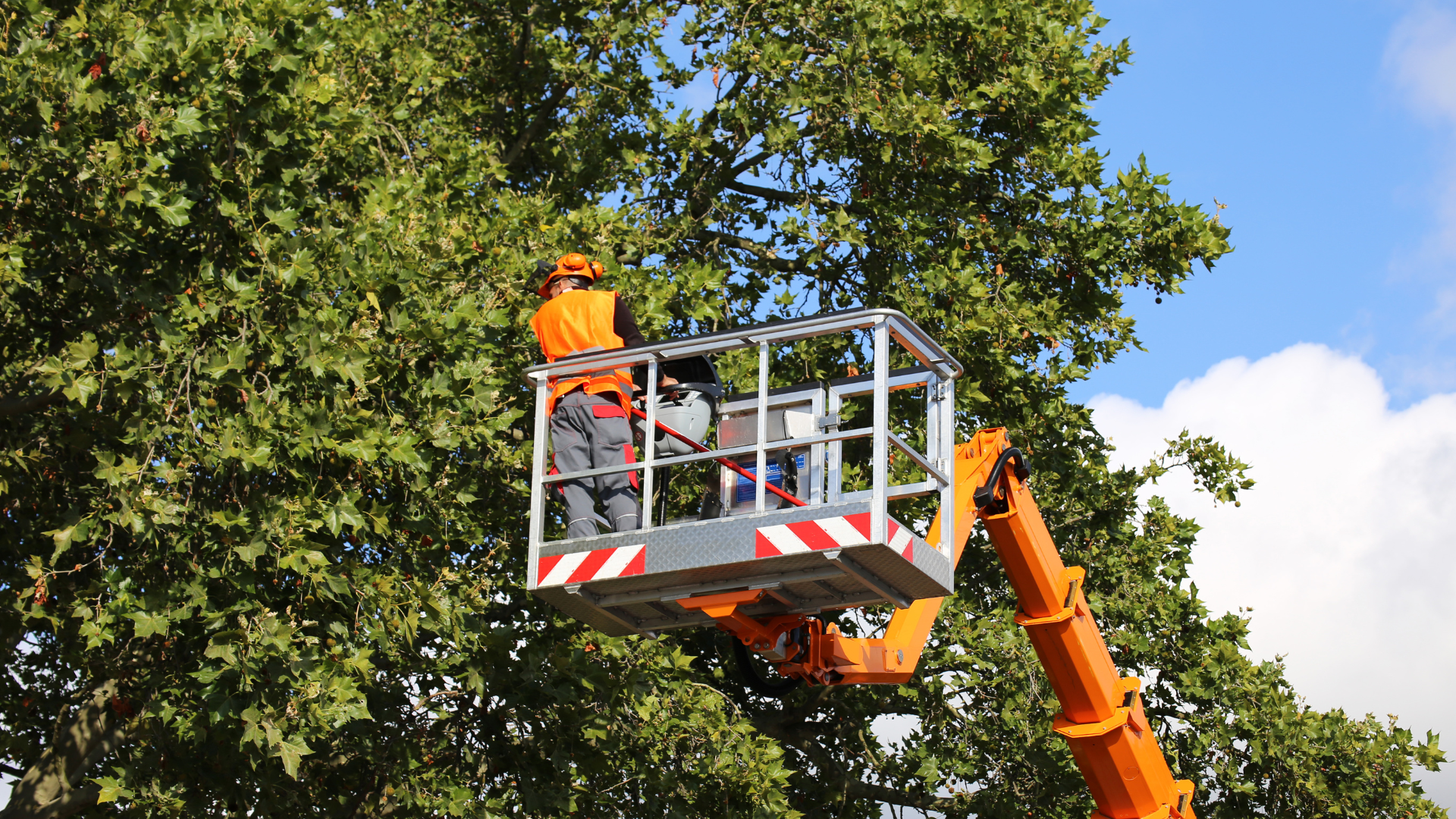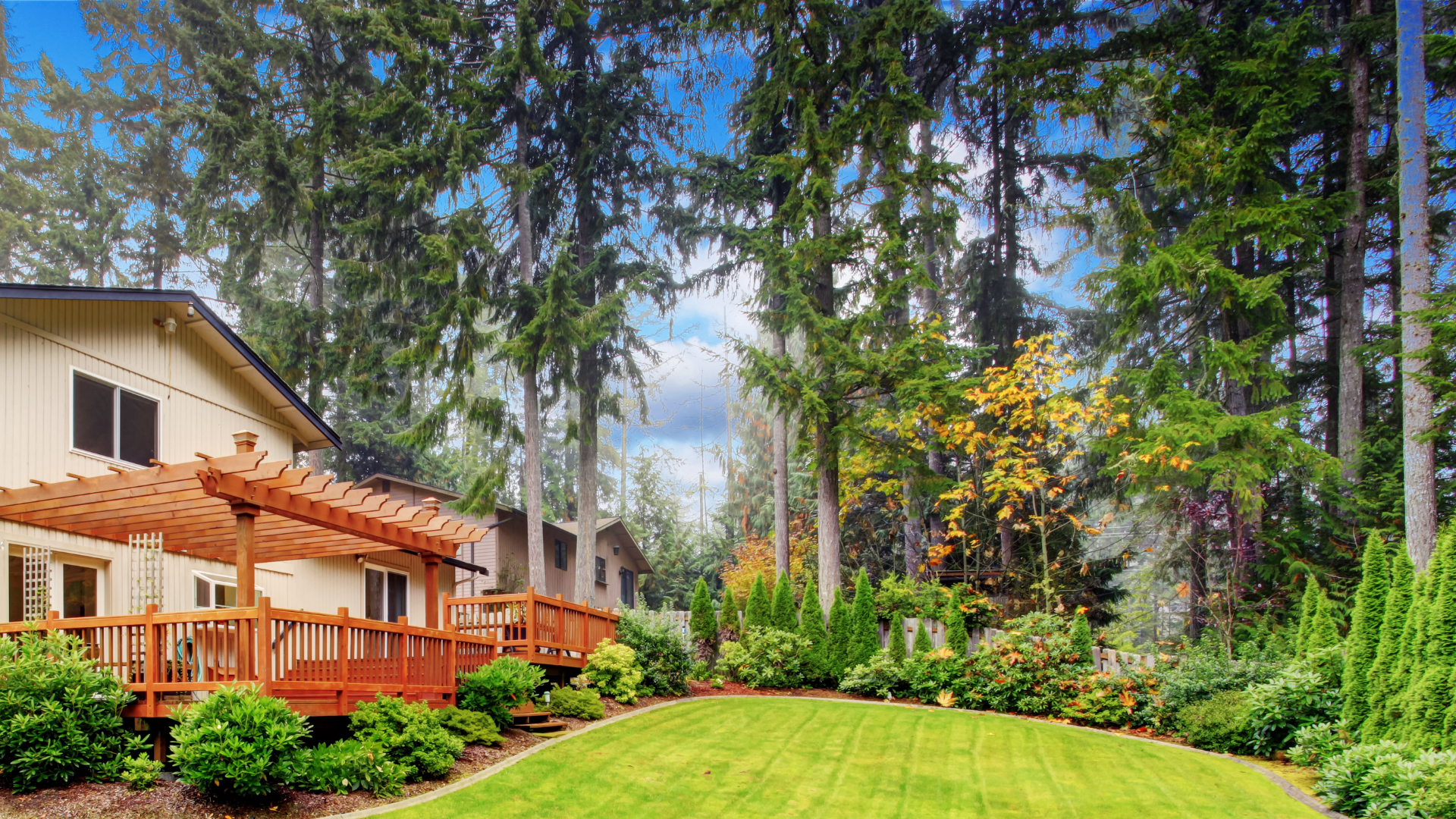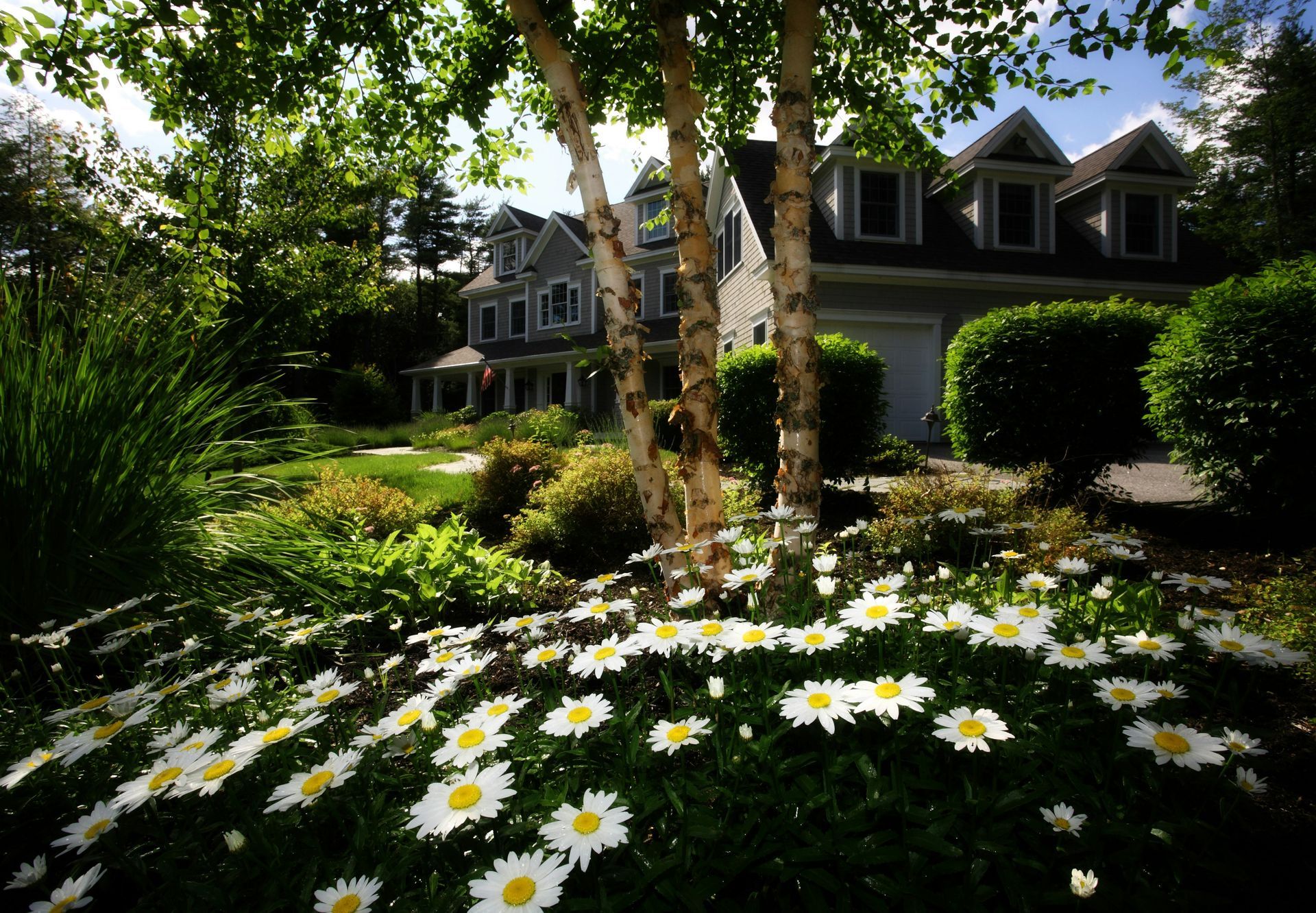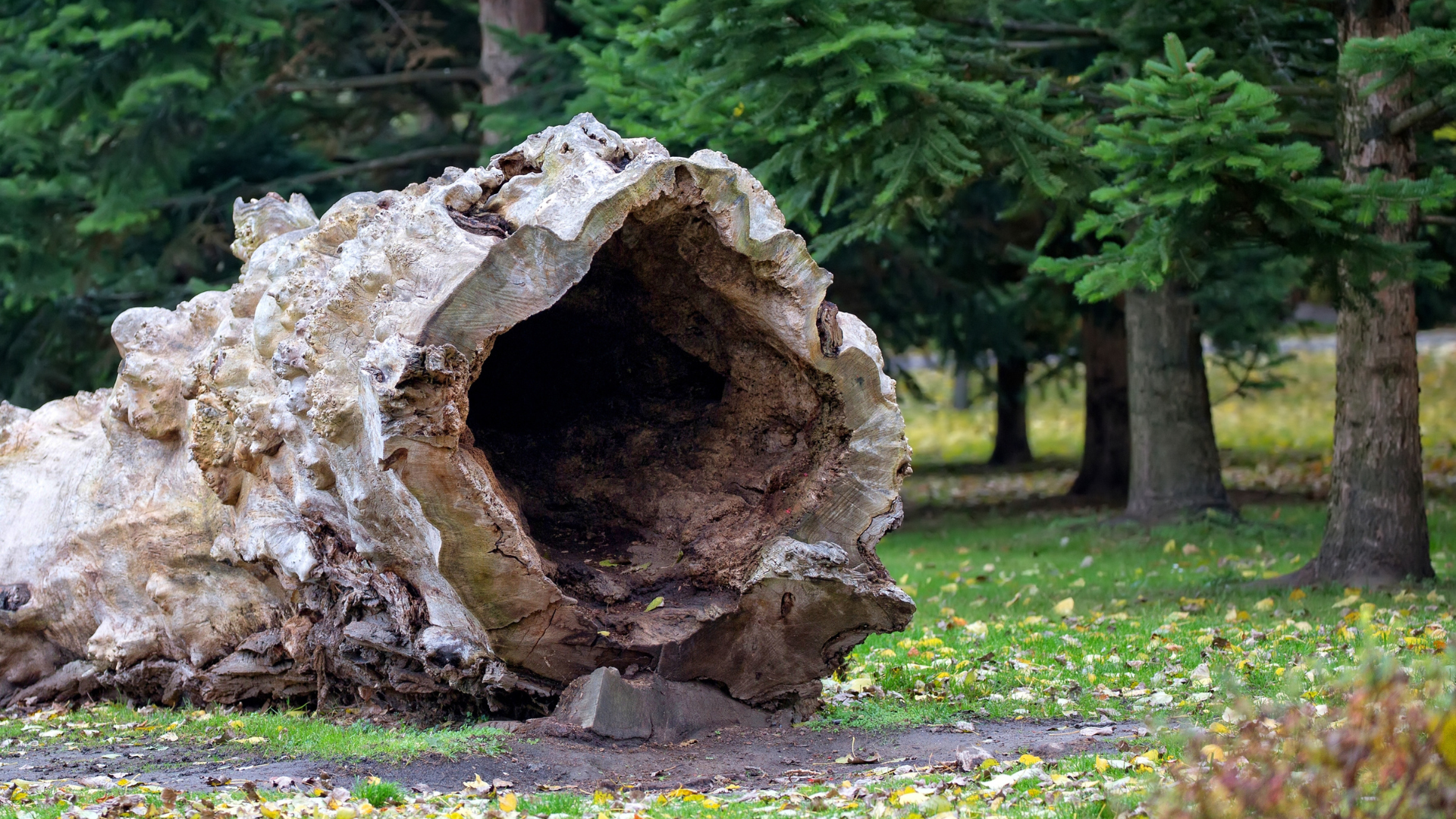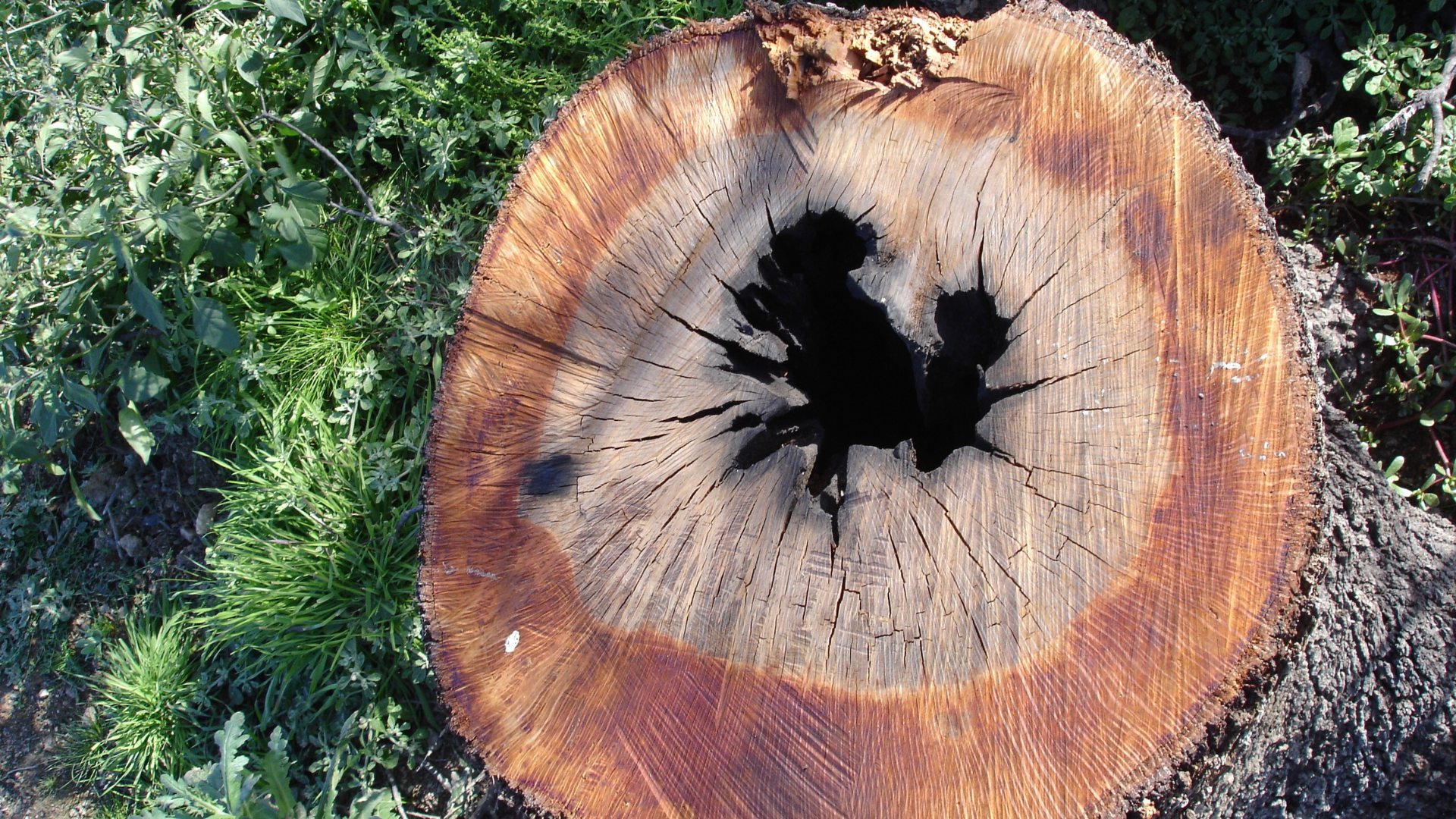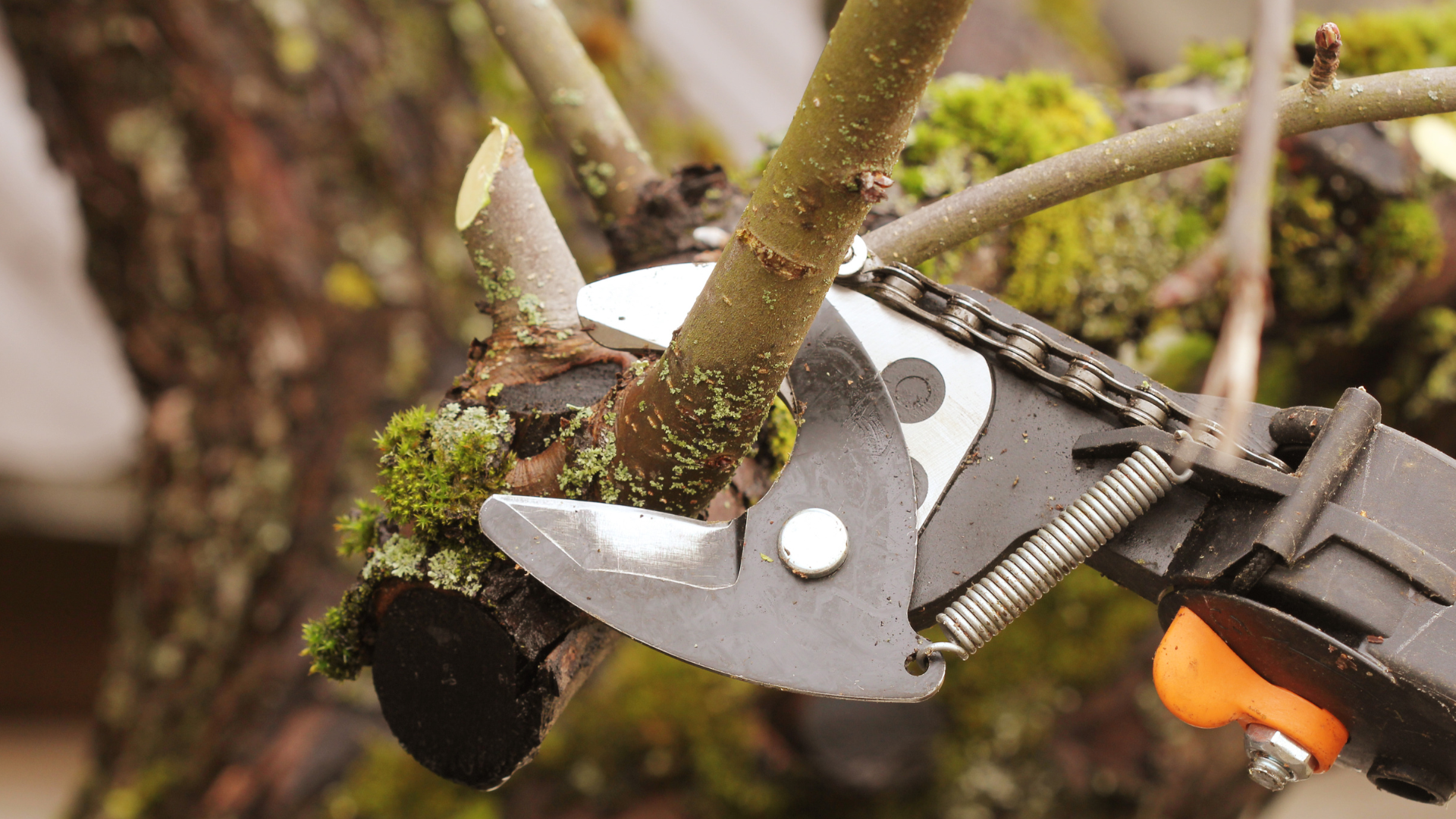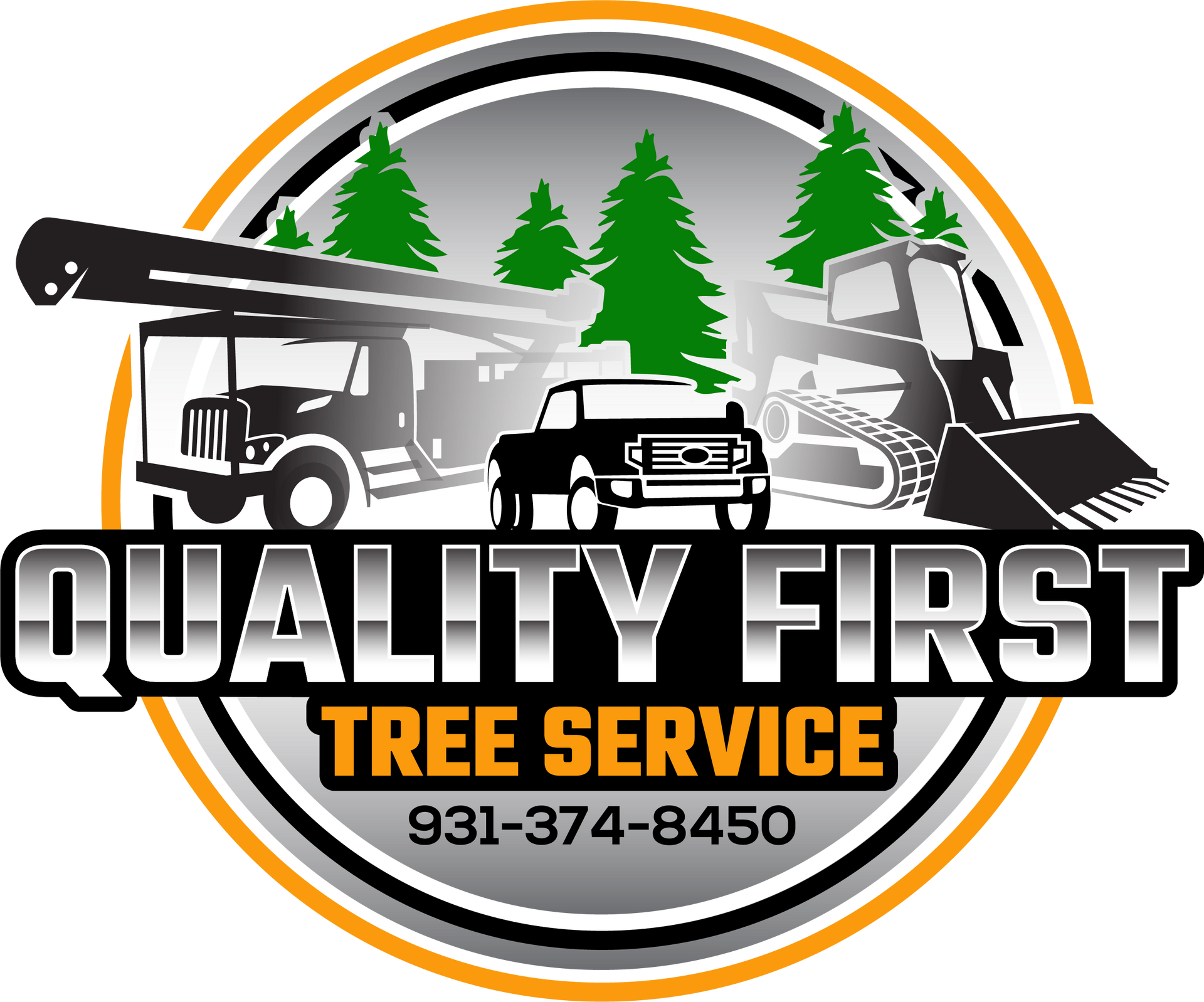Tree Root Problems: What’s Happening Below the Surface
Why Tree Roots Matter
When most homeowners think about tree maintenance, they tend to focus on what they can see—branches, leaves, and overall shape. However, many of the most serious tree-related problems occur out of sight, below the surface. Tree roots are vital for stability, water absorption, and nutrient delivery, but when they grow uncontrollably or become damaged, they can create significant issues for your home and landscape.
At Quality First Tree Service & Landscaping, we believe in addressing the full health of your trees—from crown to root system. In this article, we’ll explore the most common tree root problems, the signs to watch for, and how a professional tree service can help protect your property.
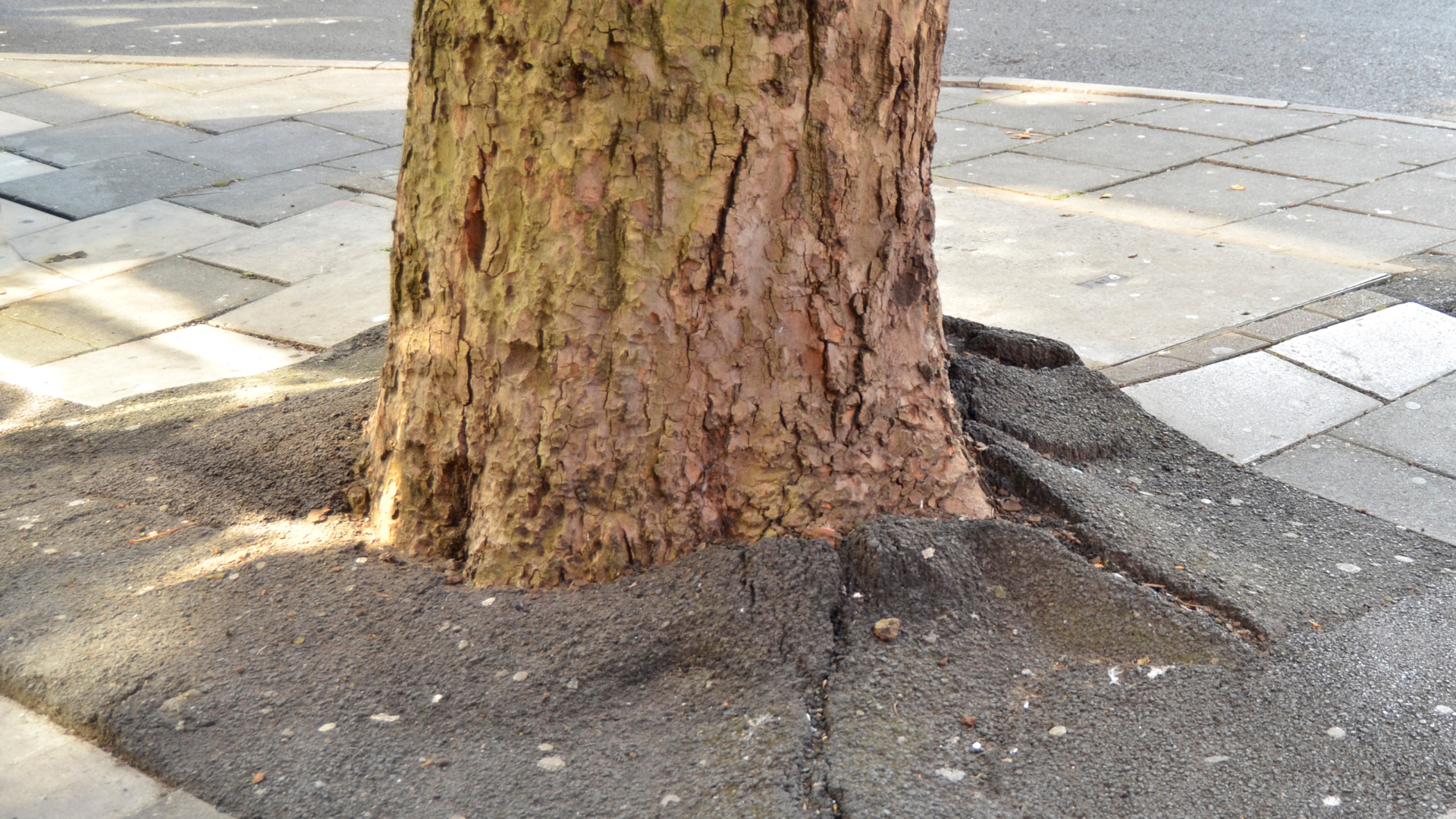
Invasive Tree Roots: Silent Home Wreckers
Some tree species develop root systems that are extremely aggressive in seeking out moisture. While this trait is essential for survival, it can pose a serious threat to your property’s infrastructure. Roots can grow into small cracks in underground pipes, foundations, driveways, and sidewalks. Over time, this pressure can lead to costly damage that often goes unnoticed until it becomes severe.
Common culprits of
invasive roots include species like silver maple, willow, poplar, and elm. If these trees are planted too close to your home or hardscape features, it may be only a matter of time before root intrusion occurs.
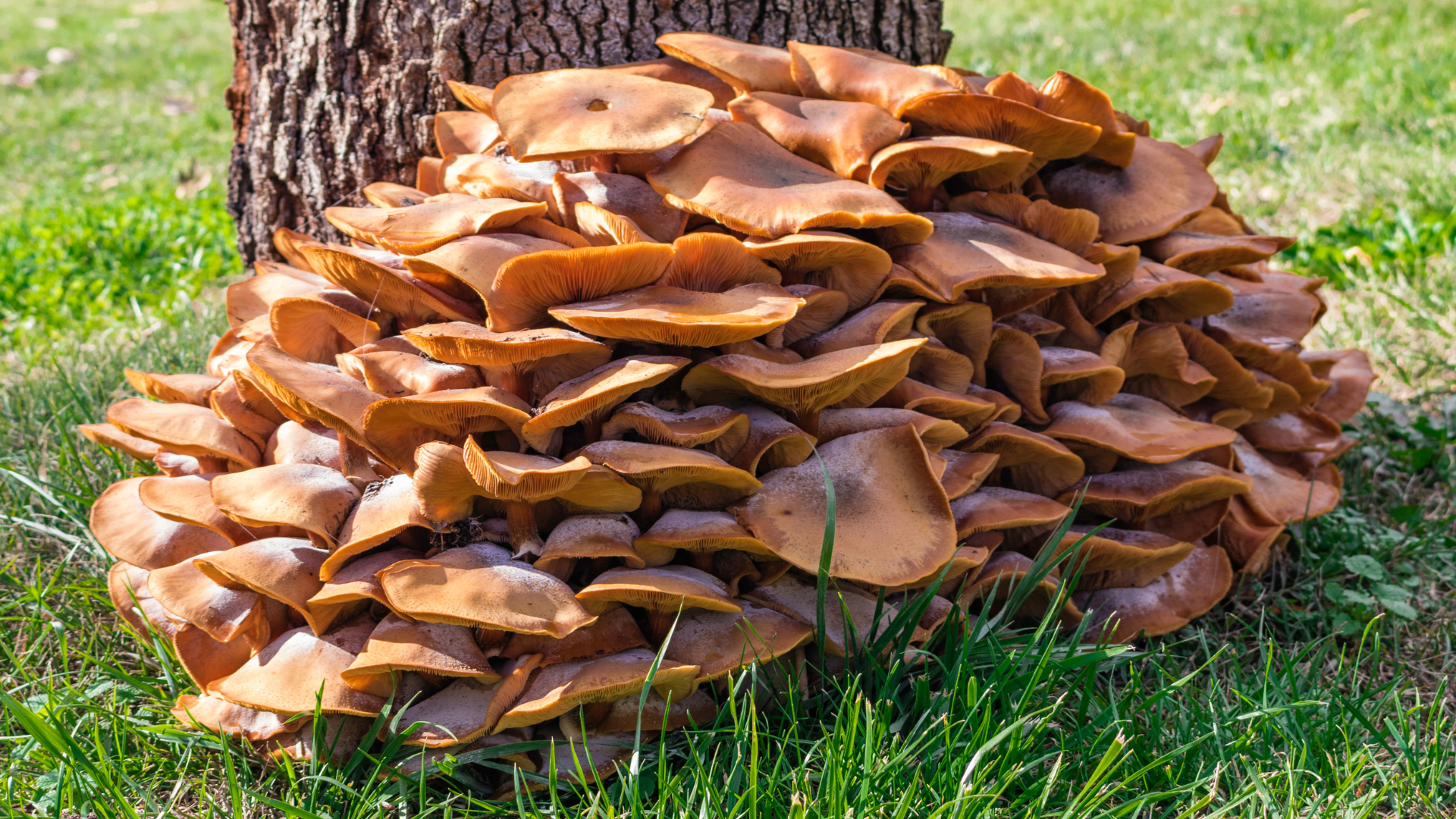
Visible Signs of Root Trouble
Even though roots are hidden underground, there are several surface-level signs that suggest a root problem:
- Cracked or lifting pavement: Roots that grow beneath sidewalks or driveways can cause sections to heave and crack.
- Poor tree health: Wilting leaves, reduced foliage, or sudden dieback may be symptoms of root damage from compacted soil, poor drainage, or physical injury.
- Mushroom or fungal growth near the base: Certain fungi thrive in decaying wood and can indicate root rot or disease.
- Soggy soil or pooling water: This can be a sign of root rot, especially in poorly drained areas.
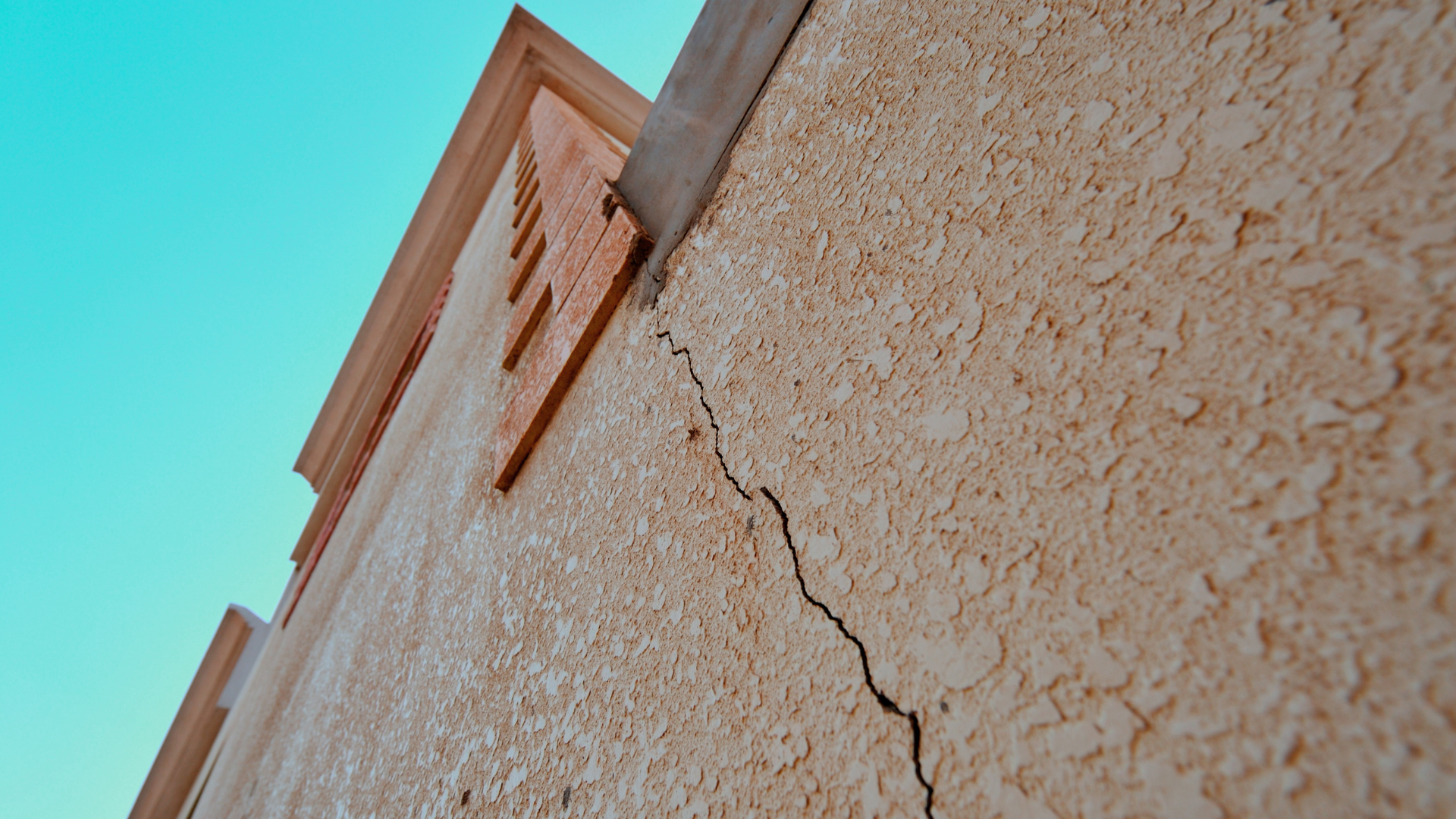
Roots and Foundations: A Common Concern
While tree roots rarely break through solid concrete foundations, they can cause indirect damage by altering the moisture content of the soil around a home. In clay-heavy soils, root systems may dry out surrounding soil, causing it to shrink and shift. This can lead to foundation settling or cracks in walls and floors.
In older homes with shallow foundations, the risk of damage is greater. If you notice unexplained cracking, doors that won’t close properly, or uneven flooring, invasive roots may be a contributing factor.
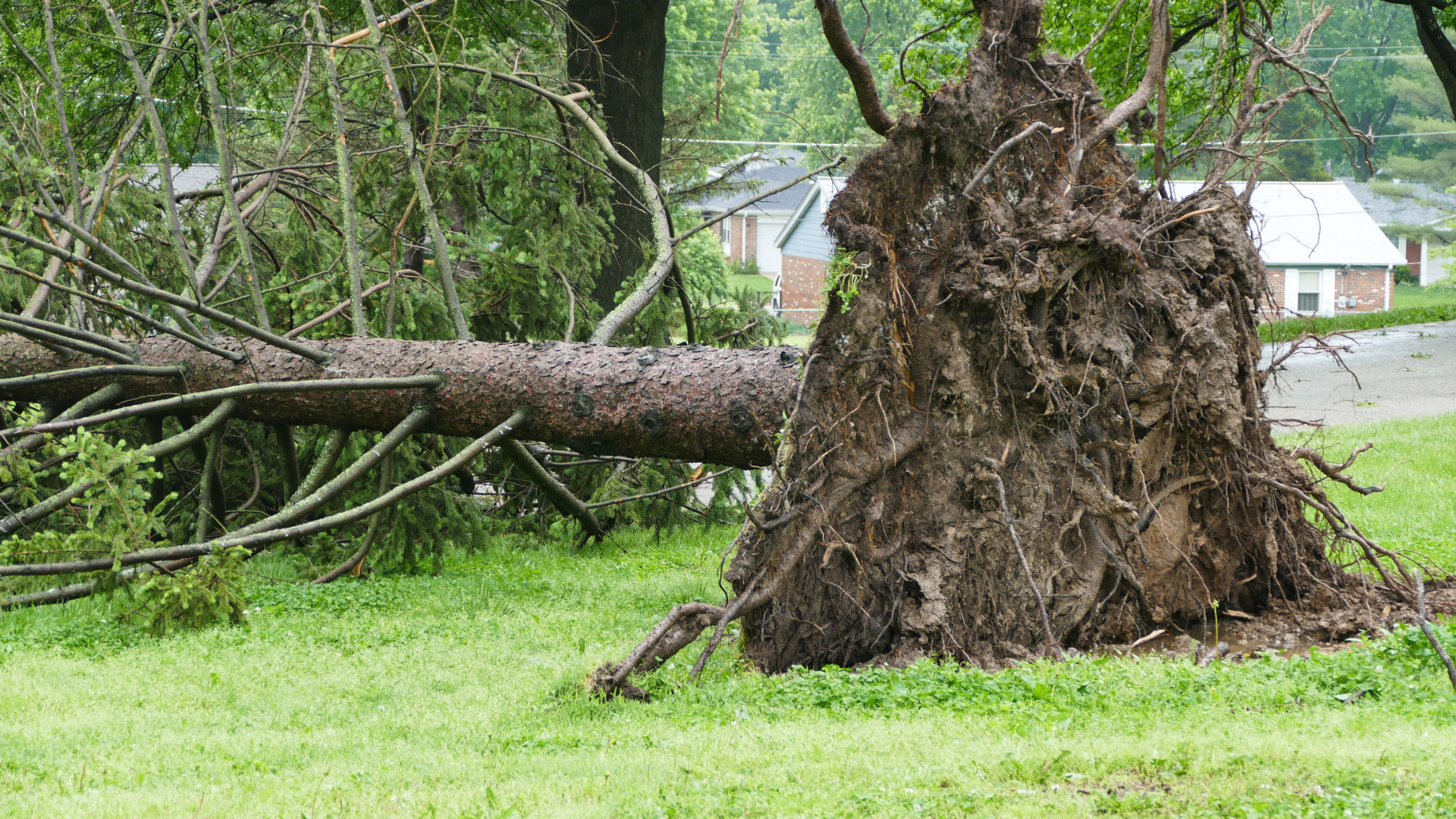
Tree Health and Safety
Just as roots can pose a threat to property, damaged or diseased roots can also put the tree itself at risk. A tree with a compromised root system may become unstable and prone to falling during storms or high winds—creating a potential hazard to people, buildings, and vehicles.
Regular inspections by a professional arborist can help identify early signs of root decay,
girdling roots (which wrap around the trunk and choke the tree), or stress from soil compaction. Prompt intervention can often prevent tree failure.
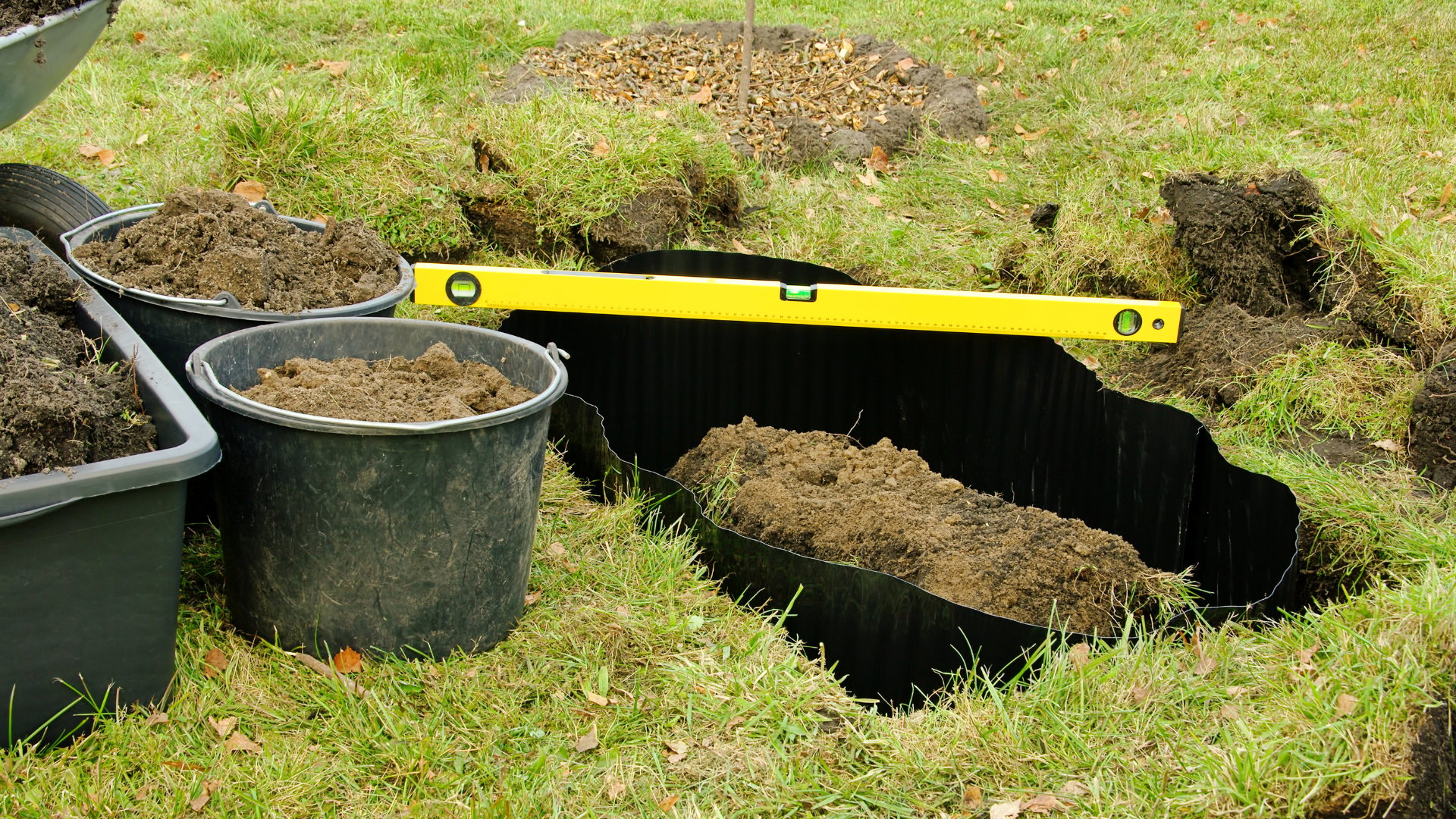
What Can Homeowners Do?
Prevention is key when it comes to root problems. Plant trees away from buildings, septic systems, and paved areas whenever possible. Consider the mature size and root spread of the species you’re planting. If a problematic tree is already in place, root barriers may be installed to guide growth away from sensitive areas.
When necessary, strategic root pruning may be performed—but this must be done carefully, as cutting roots improperly can harm or destabilize the tree.
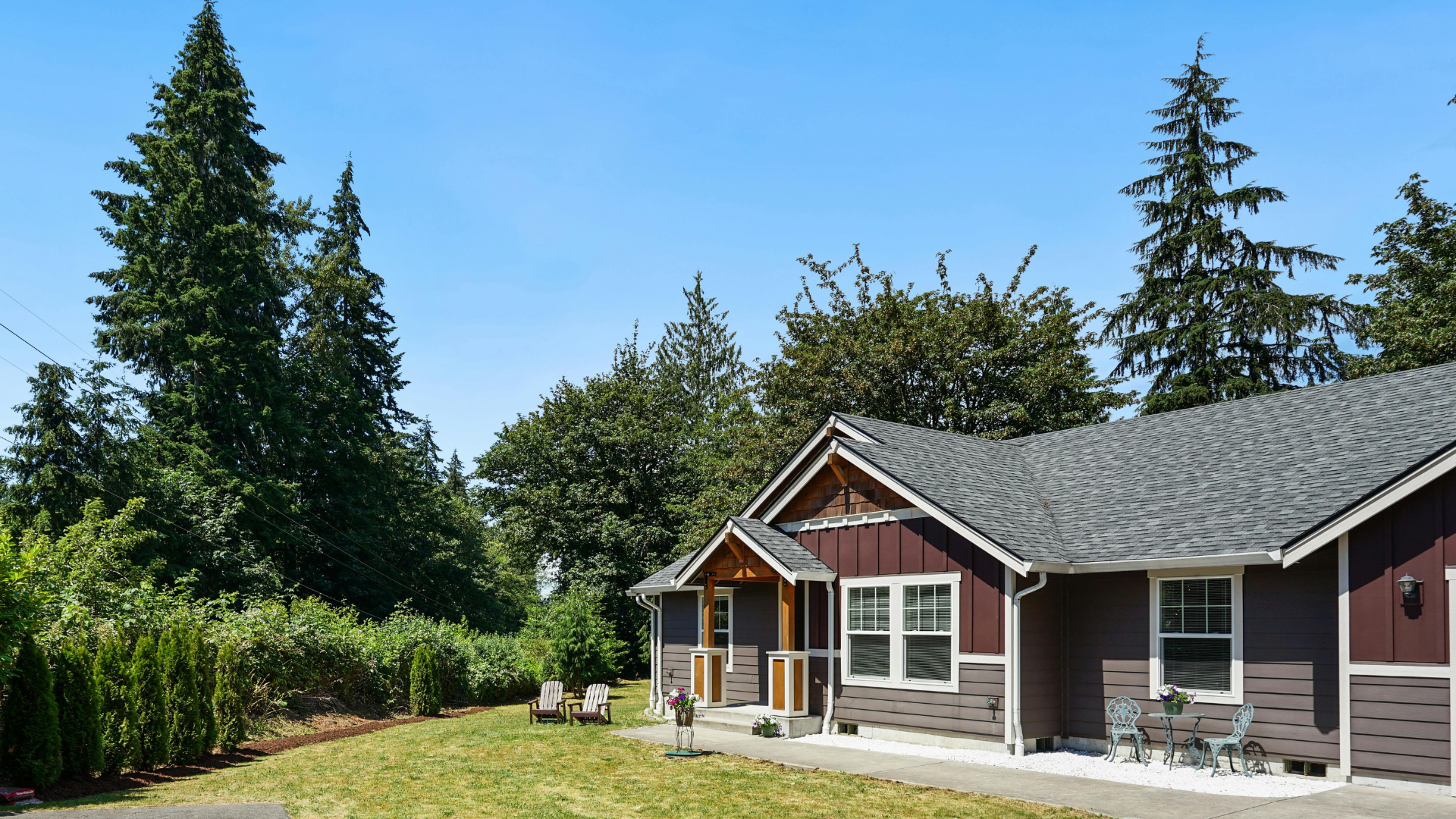
Call the Experts at Quality First Tree Service & Landscaping
If you suspect tree root issues on your property, or if you’re planning new landscaping near your home, Quality First Tree Service & Landscaping can help. Our experienced team offers professional consultations, tree root inspections, and safe removal or management strategies tailored to your landscape.
Protect your investment above and below the surface. Contact us today to schedule an evaluation and keep your property—and your trees—healthy for years to come.

